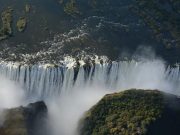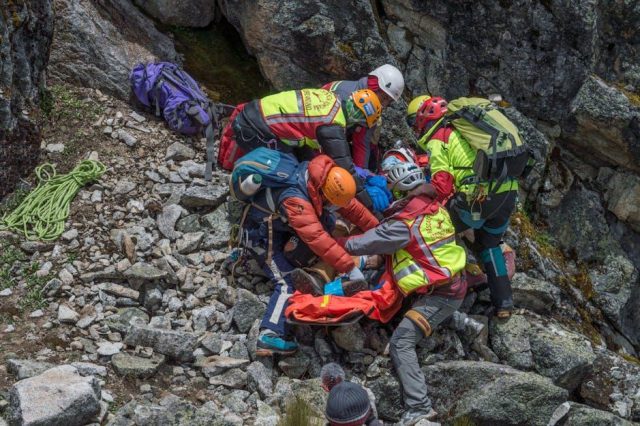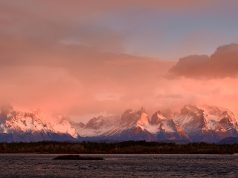Amidst the sweeping landscapes and untamed beauty of South America lies a hiker’s paradise, where towering peaks, dense rainforests, and breathtaking vistas beckon adventurers from around the globe. Yet, beneath the allure of these majestic trails, the continent’s wild heart beats with an unpredictable rhythm that demands respect and preparation. As you lace up your boots and ready your backpack, embarking on a journey through this diverse terrain requires more than just a spirit of adventure. It’s a call to equip yourself with knowledge and strategies that ensure your safety, allowing you to fully immerse in the natural wonders while safeguarding your well-being. In this guide, we’ll explore essential tips and insights to help you navigate the challenges and embrace the joys of hiking across South America‘s enchanting landscapes, ensuring that your adventure remains as safe as it is unforgettable.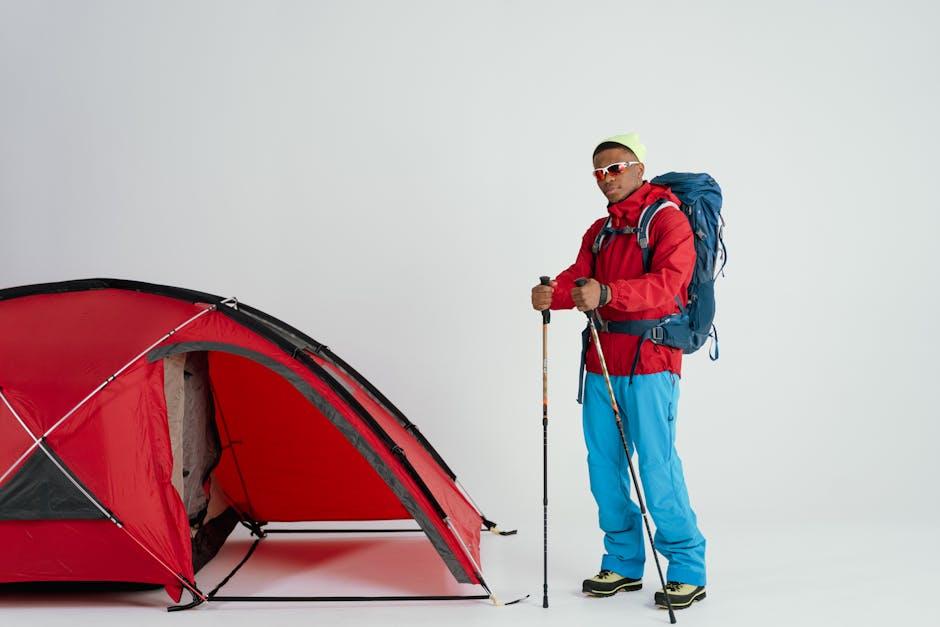
Choosing the Right Gear for South American Trails
When embarking on a hiking adventure across the diverse landscapes of South America, selecting the appropriate gear is essential for both safety and enjoyment. Footwear is a top priority; invest in durable, waterproof hiking boots with excellent traction to navigate the often unpredictable terrains. South American trails can range from rocky Andean paths to lush Amazonian tracks, so adaptability is key. Additionally, consider a pair of lightweight sandals for river crossings or relaxing at camp.
- Backpack: Opt for a backpack with a capacity of 40-60 liters, featuring multiple compartments and adjustable straps for comfort during long hikes.
- Clothing: Layering is crucial. Choose moisture-wicking base layers, insulating mid-layers, and a waterproof outer shell to handle varying climates.
- Navigation Tools: Carry a reliable map and compass, and ensure your smartphone or GPS device is loaded with offline maps of the region.
- First Aid Kit: A comprehensive kit with essentials like bandages, antiseptic wipes, and pain relievers can be a lifesaver.
Other important items include a hat and sunglasses for sun protection, a multi-tool for quick repairs, and a water filtration system to ensure safe hydration. By preparing with the right gear, hikers can fully immerse themselves in the breathtaking beauty of South America’s natural wonders, knowing they are well-equipped for the journey ahead.
Navigating Weather Challenges in Diverse Landscapes
South America offers a breathtaking array of landscapes, from the lush Amazon rainforest to the towering Andes and the arid Atacama Desert. Each of these environments presents unique weather challenges that hikers must be prepared for. Understanding the climate of the region you’re exploring is crucial. For instance, in the Andes, weather conditions can change rapidly, with sunny skies turning into a blizzard in mere minutes. In contrast, the Amazon can be intensely humid and prone to sudden, heavy rainfall. It’s essential to pack versatile clothing, such as moisture-wicking layers, a waterproof jacket, and a wide-brimmed hat to protect against both sun and rain.
When hiking through these diverse terrains, it’s also important to consider the following safety tips:
- Check local weather forecasts regularly and adjust your plans accordingly.
- Start your hikes early in the day to avoid afternoon storms, which are common in many South American regions.
- Stay hydrated and carry sufficient water, especially in arid and high-altitude areas.
- Inform someone of your hiking plans and expected return time, particularly in remote locations.
- Bring a reliable navigation tool, like a GPS or a detailed map, as trails can be poorly marked.
By being prepared and staying informed, you can safely enjoy the stunning natural beauty that South America has to offer, regardless of the weather challenges you may encounter.
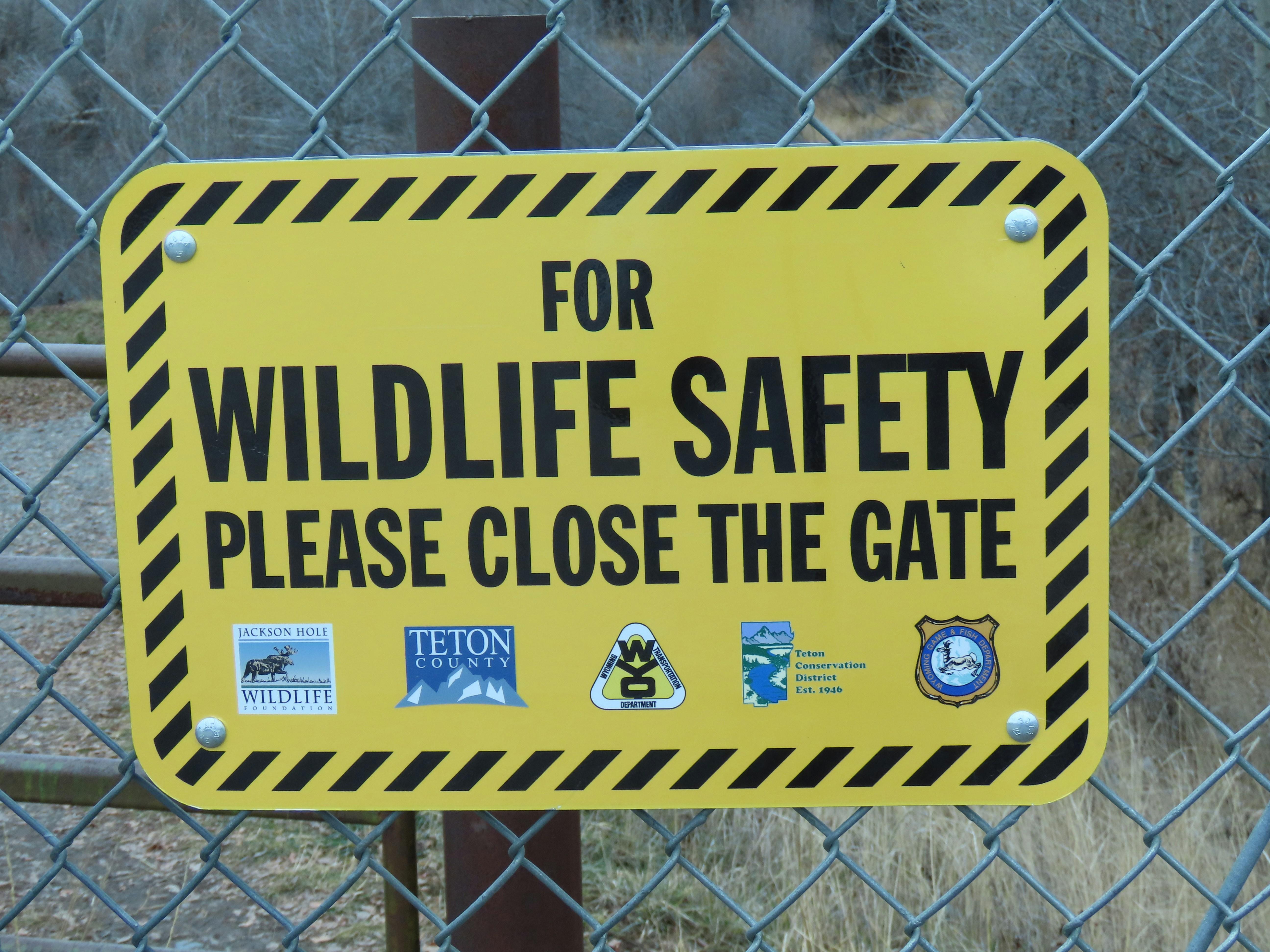
Wildlife Encounters: Respect and Safety Practices
Encountering wildlife while hiking in South America’s diverse landscapes can be a thrilling experience, yet it requires careful consideration to ensure both your safety and that of the animals. Respecting wildlife means maintaining a safe distance and observing them in their natural habitats without intrusion. Always use binoculars or a zoom lens for a closer look instead of approaching the animals.
- Stay on designated trails: This minimizes habitat disruption and reduces the likelihood of unexpected encounters.
- Travel in groups: Not only does this increase safety, but it also reduces the chance of startling wildlife.
- Be mindful of food: Store food securely to avoid attracting animals to your campsite or hiking area.
- Keep noise to a minimum: While some noise can alert animals to your presence, excessive noise can be disruptive and stressful for them.
Adhering to these practices not only safeguards you but also helps preserve the natural behaviors and habitats of the region’s wildlife. Remember, observing animals from a respectful distance not only enriches your hiking experience but also ensures these creatures continue to thrive in their environment.

Staying Connected: Communication and Emergency Plans
When embarking on a hiking adventure in the vast landscapes of South America, maintaining communication is crucial. Before setting out, ensure you have a reliable means of communication. Consider carrying a satellite phone or a GPS device with messaging capabilities, as cell coverage can be sparse in remote areas. Local SIM cards can be a cost-effective option for areas with network coverage, but research the best providers for your destination.
Prepare an emergency plan with these essential steps in mind:
- Share your itinerary with a trusted contact, including your expected return date.
- Identify the nearest emergency services and their contact information.
- Carry a whistle or signal mirror to attract attention if needed.
- Familiarize yourself with basic first-aid skills and pack a compact kit.
By keeping these strategies in place, you can ensure that help is never far away, even in the most isolated environments.
To Conclude
As you lace up your boots and prepare to venture into the mesmerizing landscapes of South America, remember that safety is your steadfast companion on this journey. The trails may be unpredictable, the weather capricious, but armed with knowledge and preparation, you’re well-equipped to embrace the wonders that await. Let each step be a testament to your respect for nature and its majestic power. May the vibrant hues of the Amazon, the towering peaks of the Andes, and the serene expanses of Patagonia fill your soul with awe, as you tread wisely and thoughtfully across this enchanting continent. Safe travels and may your hiking adventures be as rewarding as they are unforgettable.





